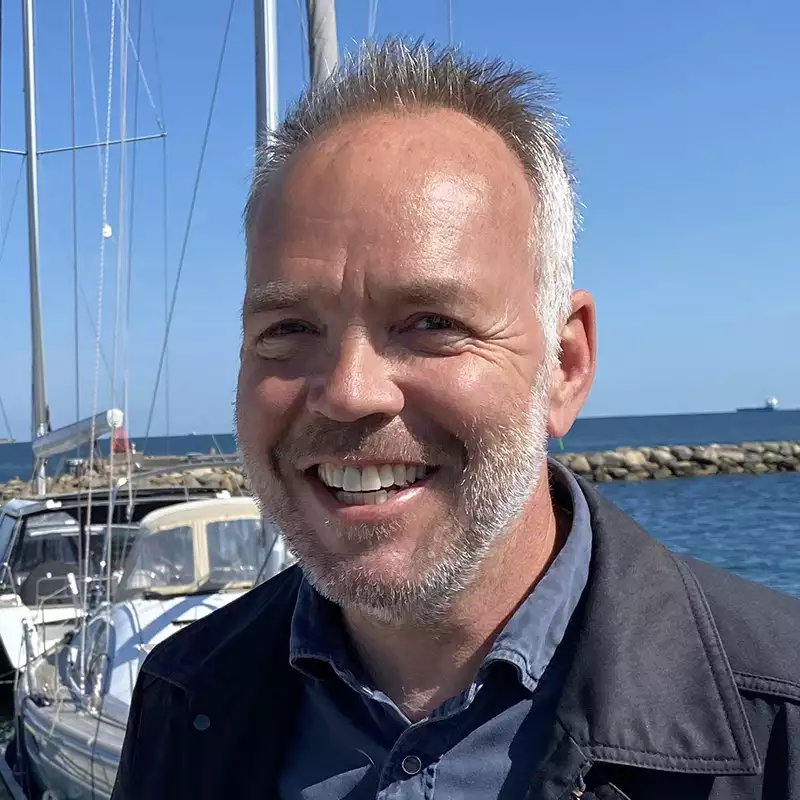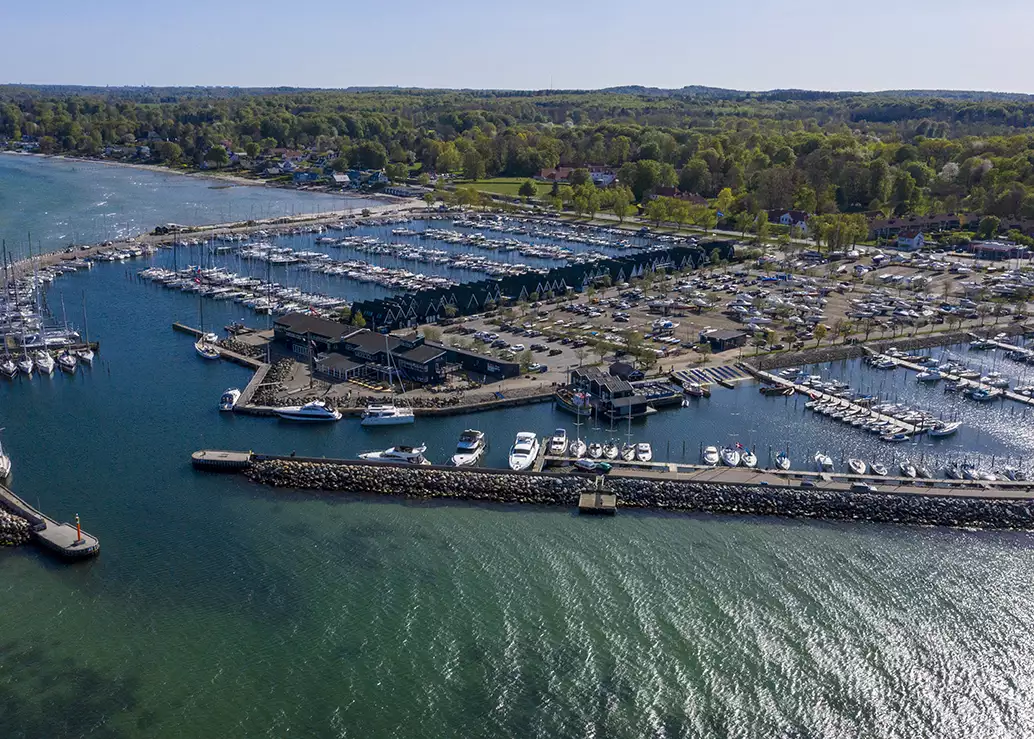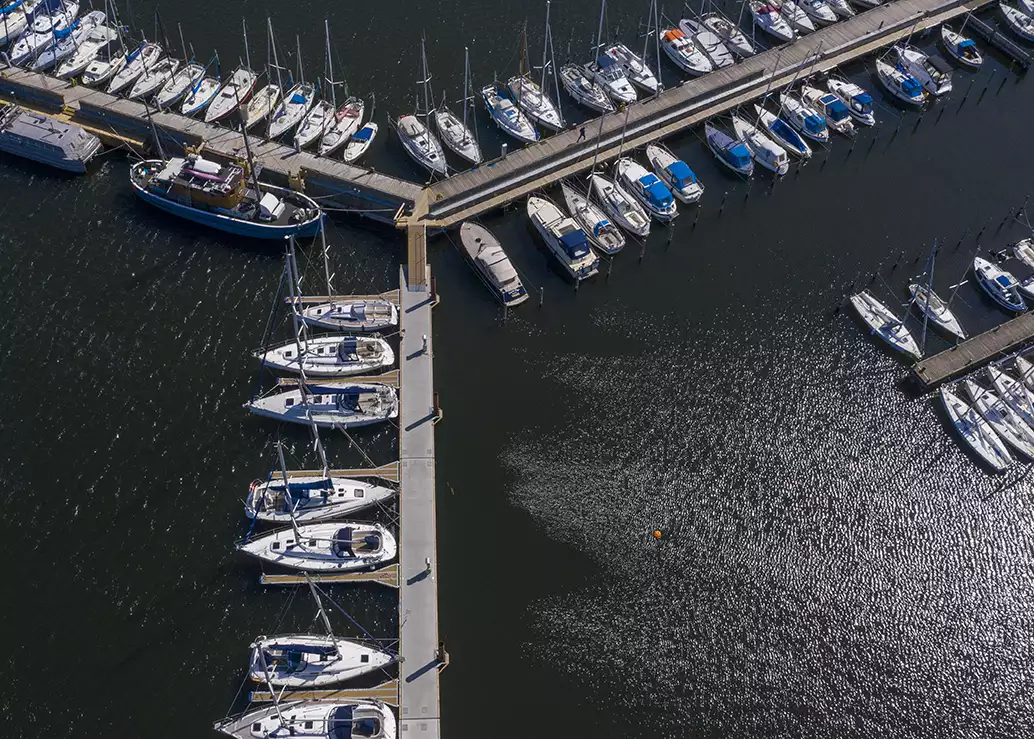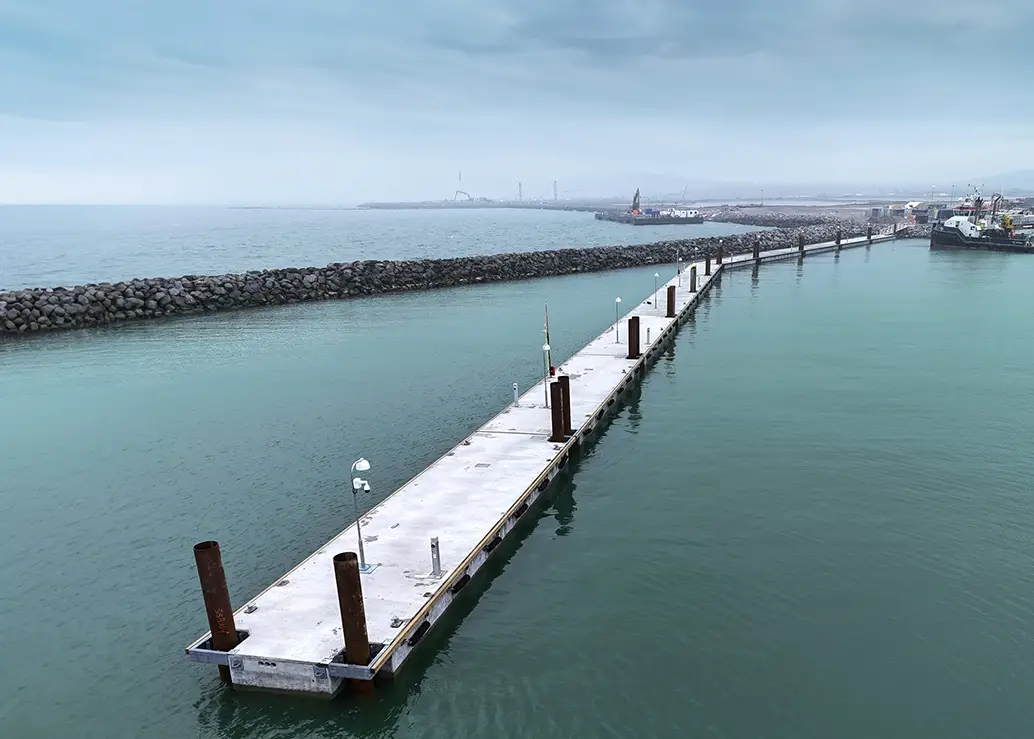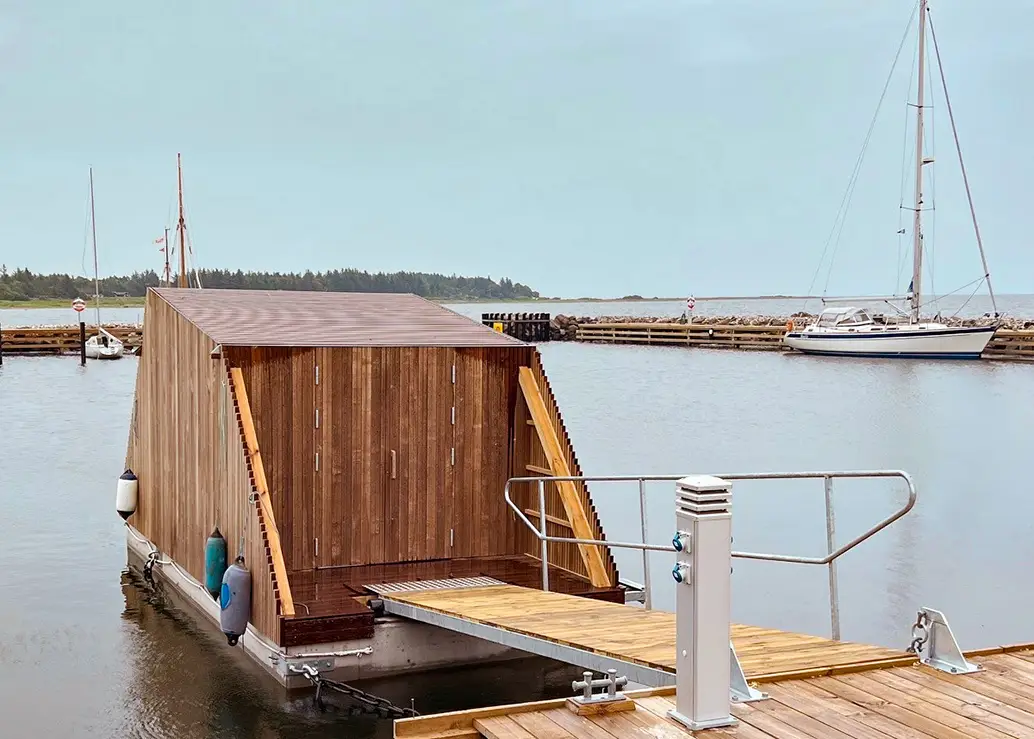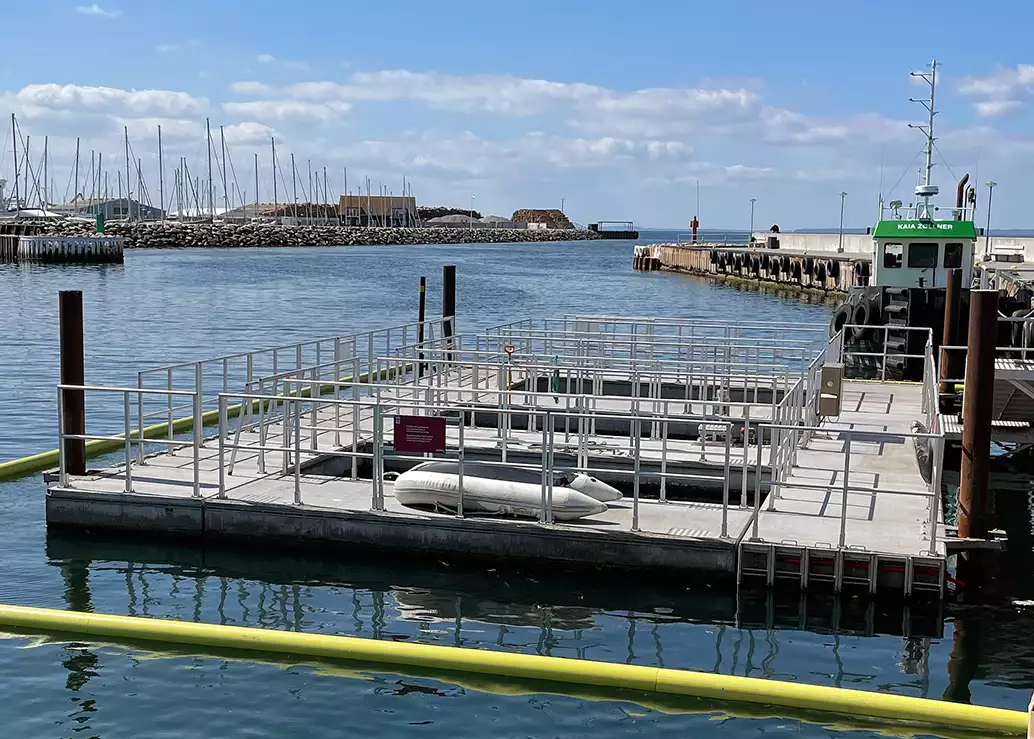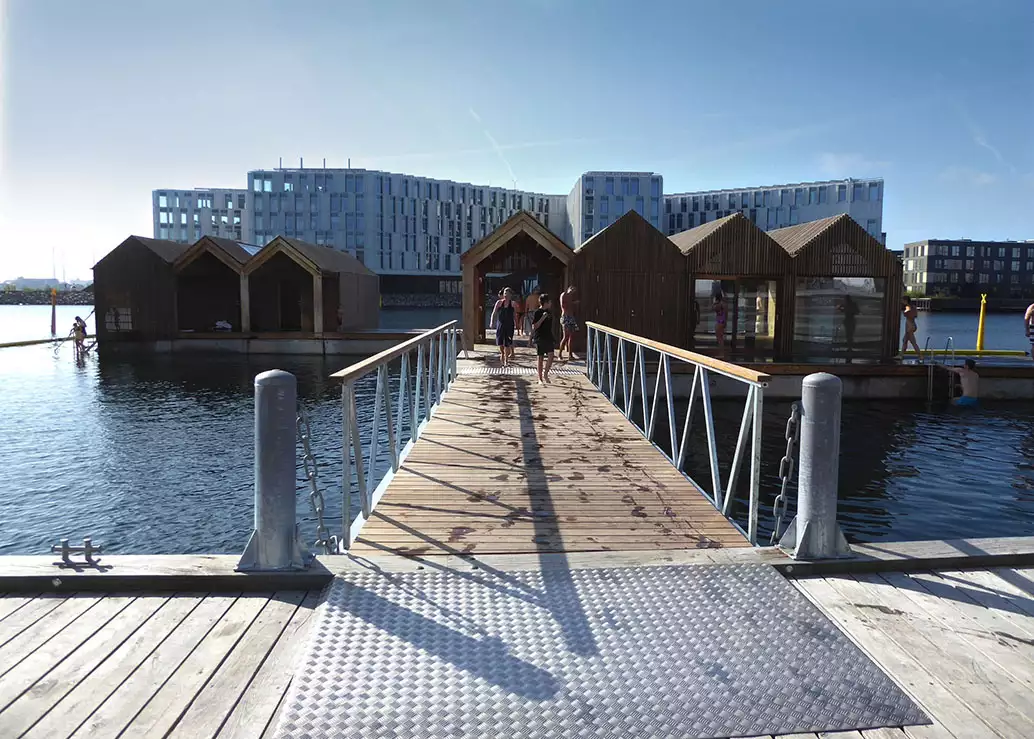To be or not to be
SF Pontona ApS was founded in 2012. However, SF Marina’s presence in Denmark dates back to 1972, when its first concrete pontoons were delivered to Rungsted Havn, 30 kilometres north of Denmark’s capital, Copenhagen, on the western shores of the Öresund strait.
“My sister was living in London,” Henrik Breuning-Hansen, CEO of SF Pontona ApS, says, “looking for a central home on a budget. The high prices of conventional homes drove her interest towards purpose-built floating homes and therefore she was in contact with SF Marina. I accompanied her on a trip to meet with Anders Lindberg, the factory manager in Wallhamn and one of the owners of SF Marina. His knowledgeability impressed me, and as a boat owner myself I immediately saw the potential for SF Marina’s pontoons here. Soon thereafter we started SF Pontona ApS”.
The Danes have a strong maritime tradition, from the early days of the Vikings to the present day, and the country has won more Olympic medals in sailing than in any other sport.
“With 7,400 kilometres of coastline the sea is always close by in Denmark,” Henrik says. “There are 400 pleasure-boat harbours scattered around the country, apart from on Vestkysten (the Danish west coast). There are hardly any there.” For centuries the west coast was feared by seafarers. With gales, treacherous currents, sandbanks, and lack of harbours and sheltering coves it remains a stark contrast to the rest of Denmark, which offers sheltered sailing amongst fjords and an archipelago made up of 500 islands. “We’ve installed pontoons everywhere, but not on Vestkysten.”
Of the Danish pleasure-boat harbours, 70 percent are owned by local municipalities. The rest are run either by boating associations or by private companies. “Municipalities request tenders to generate competing offers,” Henrik says. “Sometimes they ask for digital proposals, but often enough all bidders are invited to sit at the same table for the opening procedure. “I can appreciate the transparency and their efforts to save taxpayers’ money,” Henrik says, “but it means you never get a second shot.”
Many of the pleasure-boat harbours in Denmark, like Rungsted marina just north of Copenhagen, were built in the 1970s and the owners are interested in refurbishing them. “The concrete pontoons in Rungsted were originally supplied by Pontona International, the precursor of SF Marina,” Henrik says, “and they’re still in use”. However, in late 2020, Pontona ApS won the bid to replace the 50-year-old pontoons in the northern basin. “Like most old pontoons they were anchored using concrete anchors and heavy-duty chains. Our new pontoons use internal steel pile guides. Denmark is very suitable for piles, as it’s an area with relatively shallow water with soft bottoms. 80 percent of our projects use pile guides, and installations are usually relatively quick and straightforward. The extension of Roskilde was quite tricky though, each pile being 27 metres long, and had to avoid ancient Viking artefacts buried in the mud at the bottom of the Roskilde Fjord”. Roskilde is steeped in Viking history, with five 11th century Viking ships extricated from the Fjord in the late 1960s.
Denmark’s largest maritime project over the next few years is in Kolding, a two-and-a-half-hour drive west from Copenhagen. When finished in 2025, Marina City will offer 3–500 new homes, shops, restaurants and a five-star marina with 1,000 berths. “Putting together a competitive and winning bid proposal requires a lot of time and attention to detail,” Henrik says. Over the last ten years he has proved his skills as a writer of winning bids. Unfortunately, his sister had to shift her focus. “Regulations and lack of permanent moorings killed her idea of building and selling floating homes in London,” Henrik says. By a curious twist of fate, the plan for Kolding allows for 29 floating homes built on pontoons.

